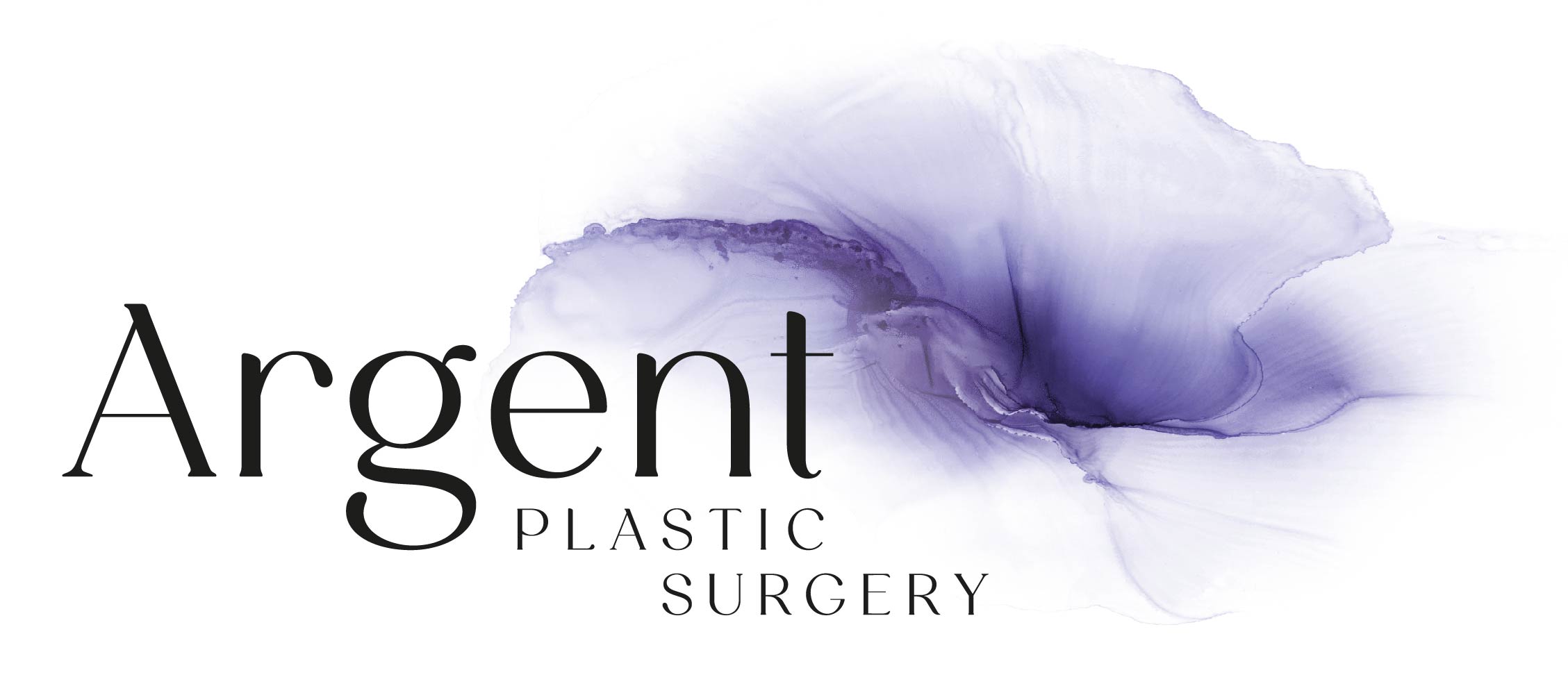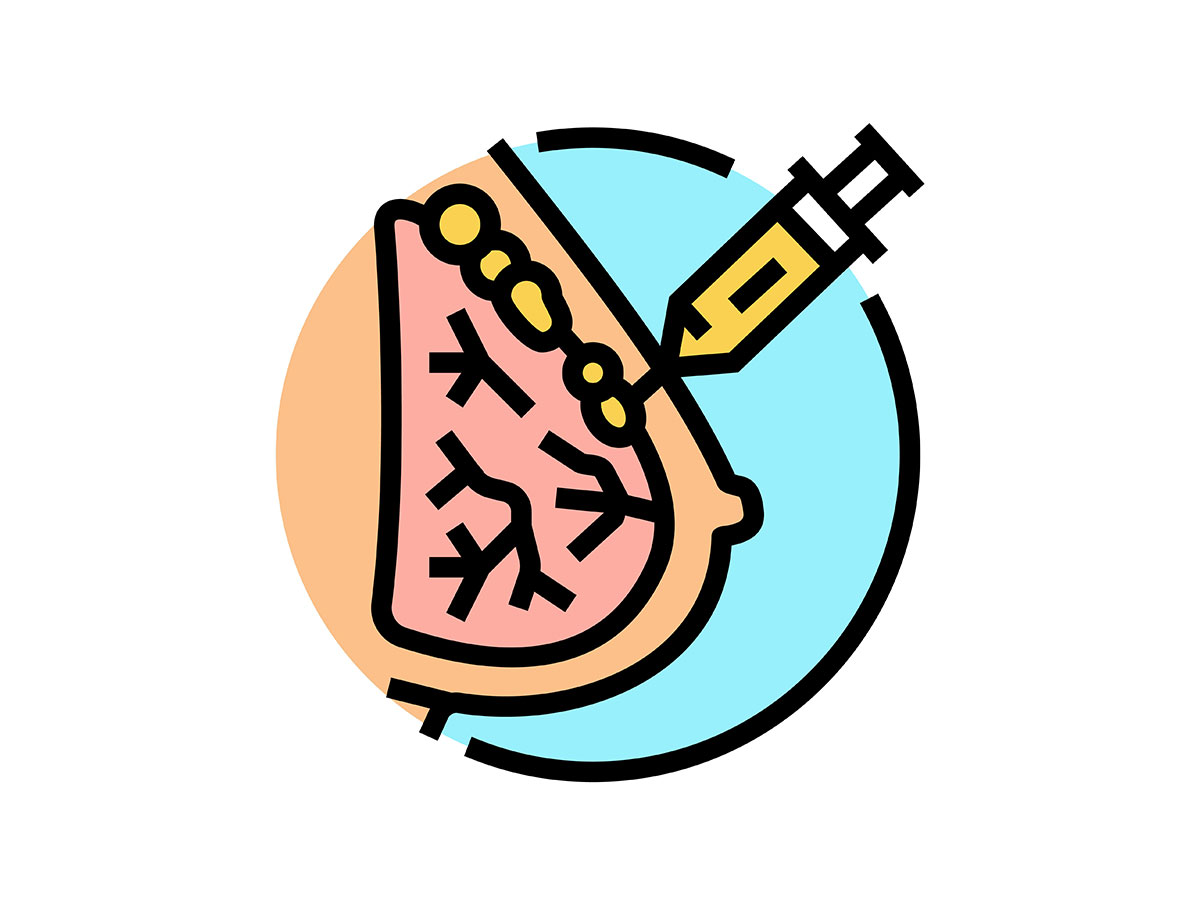Breast augmentation in Singapore is a popular cosmetic procedure that can enhance the size and shape of your breasts. While traditional breast augmentation often involves the use of implants, fat transfer augmentation is increasingly sought for its natural-looking and natural-feeling result.
But how much fat is needed for the procedure? And what would make you a good candidate for fat transfer augmentation? Read on for all the answers.
What Affects the Amount of Fat You’ll Need?
The amount of fat needed for a breast augmentation via fat transfer varies from person to person. Several factors come into play when determining the ideal volume for your procedure.
Your Desired Increase in Breast Size
The bigger the change you’re hoping to see, the more fat will be needed. If you’re aiming for a subtle enhancement—say, increasing your cup size by half to one cup—a relatively small amount of fat (roughly 150 to 200ml per breast) may be sufficient.
For a more noticeable augmentation (e.g., a full cup size or more), the volume needed can rise to 300ml or more per breast. However, there’s a limit to how much fat can be injected safely in a single session. To achieve larger enhancements, you may need to go for multiple fat transfer sessions.
How Much Fat Is Available to Work With
Fat grafting requires that you have sufficient donor fat, usually harvested from areas like the abdomen, thighs, flanks or hips. If you’re naturally slim or have a low body fat percentage, your surgeon will have to assess whether you have enough usable fat for the procedure.
Fat transfer can be a good option for women who are already looking to use liposuction on another part of their body and who would also like to enhance their breasts.
What to Expect During the Fat Transfer Process
Fat Harvesting and Preparation
- Fat is gently removed from the donor area using liposuction.
- The fat is then purified, usually via centrifugation or filtration, to separate out any fluids, oils or damaged fat cells.
- Only viable, healthy fat cells are selected for transfer.
This careful selection is essential for improving the survival rate of the fat cells and ensuring a smooth, even result for the breast augmentation.
Understanding Fat Survival Rate
Not all of the transferred fat will survive permanently. On average, 60–80% of the fat cells remain after the body completes the healing process. The rest is naturally reabsorbed by the body.
This is why surgeons often slightly overfill the breasts during the procedure, knowing that some volume loss will occur over time. Good aftercare—like avoiding pressure on the breasts and maintaining stable weight—can help optimise fat retention.
Benefits and Limitations of Fat Transfer Augmentation
Benefits
- Natural Look and Feel
Because you’re using your own fat, the result feels soft and natural, compared to implants. - Dual Benefit of Liposuction
You can contour your body by removing fat from problem areas while enhancing your breasts at the same time. - No Foreign Material
Fat transfer avoids the use of implants, reducing risks of implant-related complications like rupture, capsular contracture and rippling. - Minimal Scarring
Only small incisions are needed for liposuction and fat injection, resulting in barely visible scars.
Limitations
- Limited Size Increase
Fat transfer is ideal for women seeking a modest boost in volume. Dramatic size changes are better achieved with implants. - Multiple Sessions May Be Needed
For larger volume increase, you may need more than one round of fat grafting. - Unpredictable Fat Retention
The final result depends on how much fat your body retains—something that can vary from person to person. - Requires Adequate Donor Fat
Very slim individuals may not have enough fat to harvest for this procedure to be effective.
Are you a Good Candidate for Breast Augmentation?
Here’s a checklist to help you make an informed decision on treatment. You may be suitable for breast augmentation if:
- You want a modest, natural-looking increase in breast size
- You have enough donor fat available from other parts of your body
- You prefer a non-implant solution
- You’re in good overall health and a non-smoker
- You have realistic expectations about what fat grafting can and cannot achieve
Women who have mild breast asymmetry, lost breast volume after pregnancy or experienced visible implant rippling from a previous augmentation may also benefit from fat grafting as a revision procedure.
Consult A Plastic Surgeon for Breast Augmentation
If you’re considering fat transfer for breast augmentation, the best way to find out how much fat you’ll need—and whether the procedure is right for you—is to consult a board-certified plastic surgeon.

